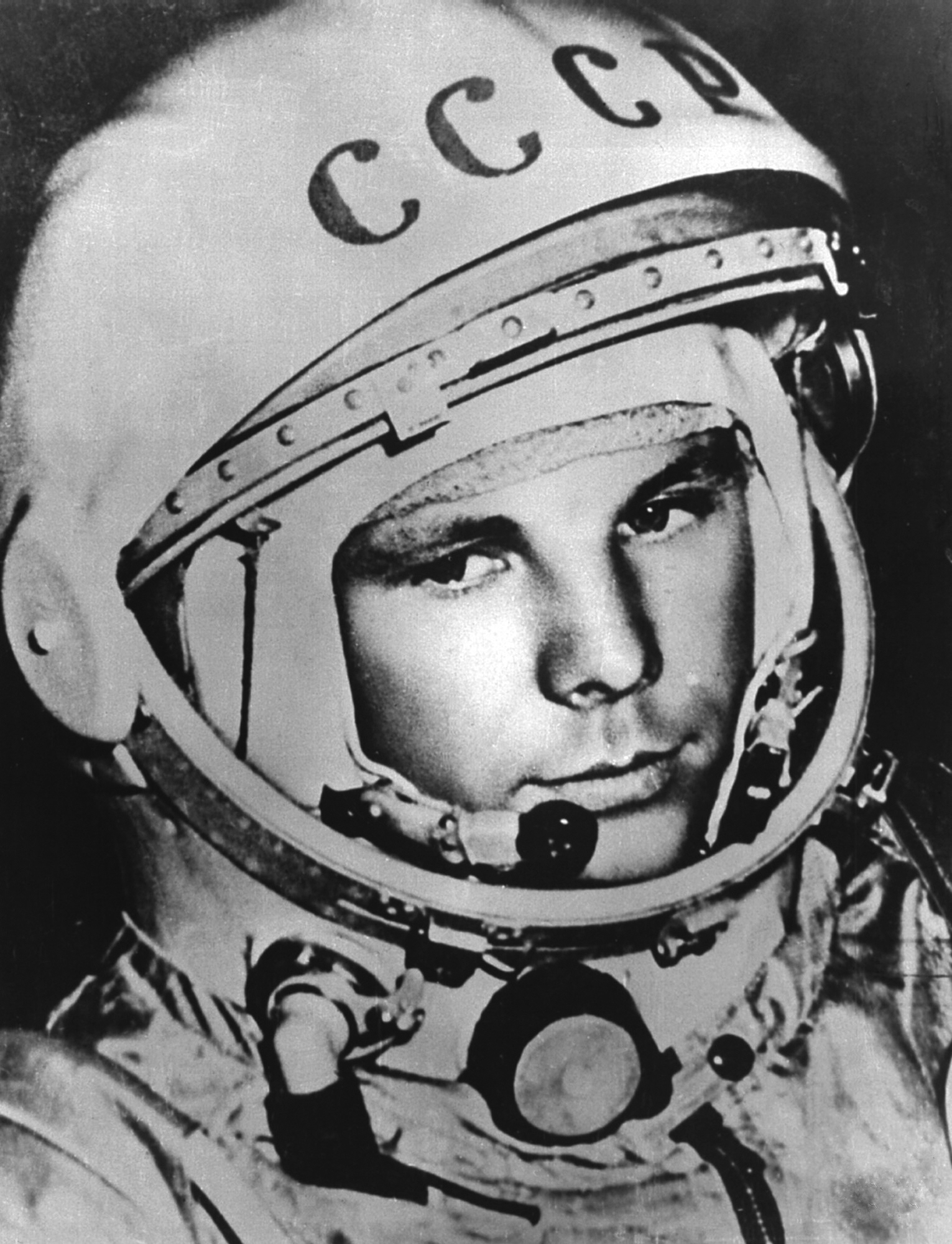Cosmic Bash: Parties on Earth and Mars Celebrate Human Spaceflight

Space enthusiasts unite! Tonight (April 12), a 1-ton rover on Mars will celebrate 52 years of human spaceflight from the Red Planet while space groupies on Earth party the night away.
"Yuri's Night" honors more than five decades of human spaceflight with parties and special events commemorating a very special day in the history of human voyages into orbit. NASA's Mars rover Curiosity is getting in on the celebratory action this year as well with a festive message scheduled to beam down via social media at 4:00 p.m. EDT (2000 GMT) today.
On April 12, 1961 Soviet cosmonaut Yuri Gagarin became the first person in space when he launched off planet Earth in a Vostok space capsule. On the same day in 1981, NASA launched its first shuttle mission, kicking off a 30-year spaceflight program that led to the International Space Station. [Photos: Yuri Gagarin, First Man in Space]
"We're honored to be working with the Curiosity team to take the celebration of space to new heights," Ryan Kobrick, the executive director of Yuri's Night said. "As we continue to reach for the stars and inspire others to do the same, we're looking forward to this being the first of many Yuri's Night parties to be held on other planets."
More than 320 parties in 50 different countries on Earth have been registered through the Yuri's Night's website, including at least one in Antarctica, said Yuri's Night spokesman Brice Russ.
The special night is also being celebrated by astronauts living far above the Earth's surface.
"I'm really glad to be with you on Yuri's Night, the day — no matter where we are — where we come together to celebrate the past, the present and the future and the future of human space exploration," Canadian astronaut Chris Hadfield, the space station's current commander, said in a video message to mark the occasion.
Get the Space.com Newsletter
Breaking space news, the latest updates on rocket launches, skywatching events and more!
Gagarin's first flight was 108 minutes — much less than the six months astronauts like Hadfield spend on board the space station — but it catapulted him into the history books. Gagarin's Vostok 1 spacecraft orbited once around the planet before re-entering the Earth's atmosphere. The capsule had no way to slow itself down, so Gagarin ejected and floated to the planet's surface using a parachute instead.
Exactly 20 years later, NASA launched its first space shuttle mission. The space shuttle Columbia's first trip to space (dubbed STS-1) took two astronauts — commander John Young and pilot Robert Crippen — into orbit for two days. During the 54.5-hour mission, the shuttle orbited the Earth 37 times before touching down on April 14.
NASA's space shuttles launched on 135 missions to pursue science and space station-building missions. There were two devastating failures: the 1986 Challenger shuttle accident that killed seven astronauts just after launch; and the 2003 Columbia shuttle disaster that killed seven astronauts returning home from orbit after a 16-day mission. .
The Columbia shuttle disaster led NASA to eventually retire its space shuttle fleet in 2011 after completing the shuttle fleet's obligations to space station construction. The space agency's remaining shuttles — Discovery, Atlantis, Endeavour and the test shuttle Enterprise — now in museums for public display across the United States.
NASA now is developing a new spacecraft and rocket, the Orion capsule and giant Space Launch System mega-rocket aimed at launching astronauts on deep-space missions to an asteroid and Mars, beginning in 2021. In the meantime, the agency plans to rely on new private spaceships to ferry Americans to and from the International Space Station.
To find a "Yuri's Night" party near you, you can use the "Find a Party" page through the Yuri's Night website.
Follow Miriam Kramer @mirikramer and Google+. Follow us @Spacedotcom, Facebook and Google+. Original article on SPACE.com.
Join our Space Forums to keep talking space on the latest missions, night sky and more! And if you have a news tip, correction or comment, let us know at: community@space.com.

Miriam Kramer joined Space.com as a Staff Writer in December 2012. Since then, she has floated in weightlessness on a zero-gravity flight, felt the pull of 4-Gs in a trainer aircraft and watched rockets soar into space from Florida and Virginia. She also served as Space.com's lead space entertainment reporter, and enjoys all aspects of space news, astronomy and commercial spaceflight. Miriam has also presented space stories during live interviews with Fox News and other TV and radio outlets. She originally hails from Knoxville, Tennessee where she and her family would take trips to dark spots on the outskirts of town to watch meteor showers every year. She loves to travel and one day hopes to see the northern lights in person. Miriam is currently a space reporter with Axios, writing the Axios Space newsletter. You can follow Miriam on Twitter.









